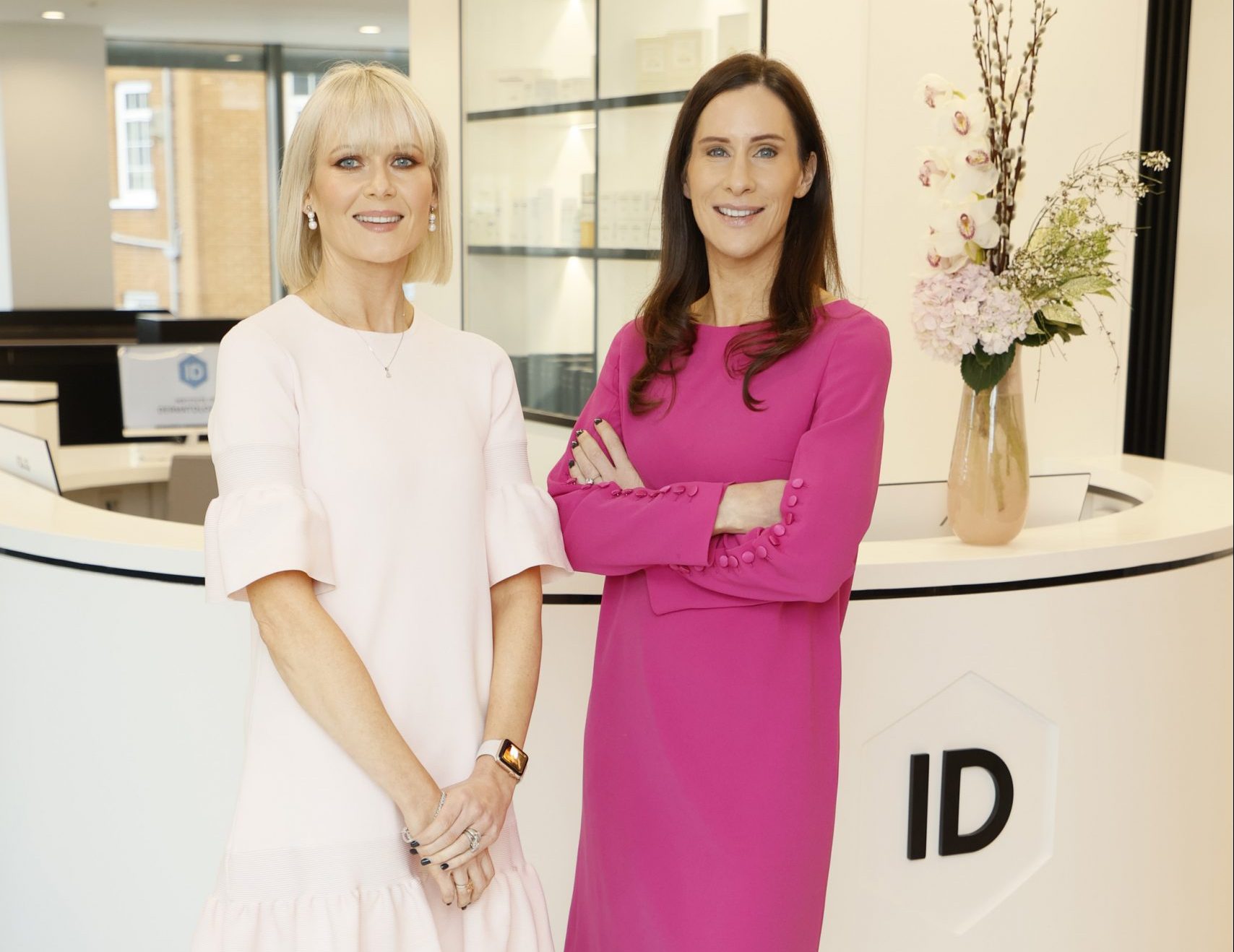A lot can happen in a year. In July 2019, Dr Caitríona Ryan and her business partner Dr Nikki Ralph opened the Institute of Dermatologists in the heart of Ballsbridge, the first centre of its kind in the country. Two weeks later, Ryan gave birth to her first born, a baby boy. One year on, the brand has become synonymous with excellence in dermatology and Ryan is due to give birth to her second child. And let’s not forget about the global pandemic that threw the world into flux and forced the Institute to close for three months. “We’ll be…
Cancel at any time. Are you already a member? Log in here.
Want to read the full story?
Unlock this article – and everything else on The Currency – with an annual membership and receive a free Samsonite Upscape suitcase, retailing at €235, delivered to your door.

